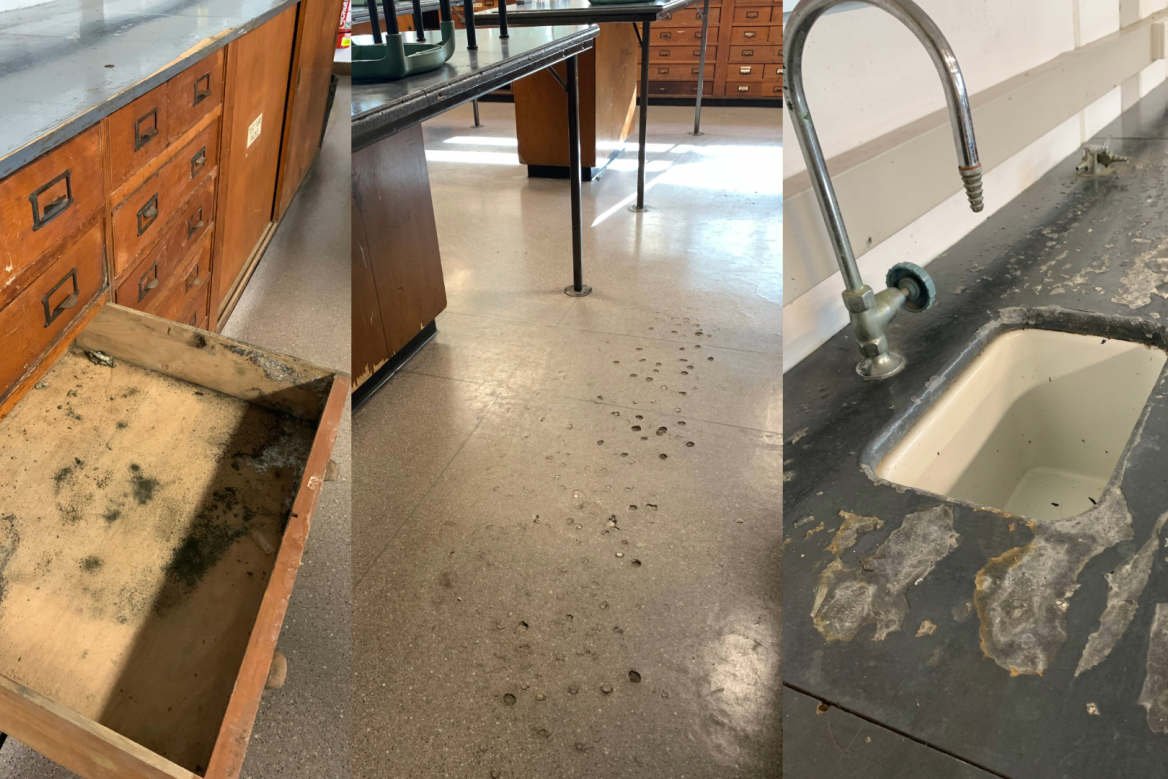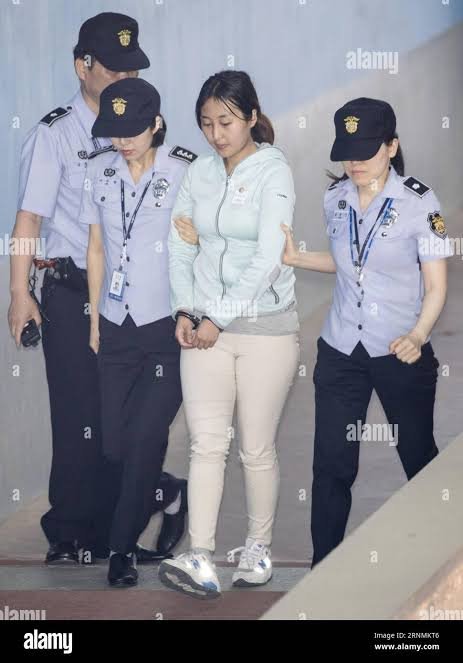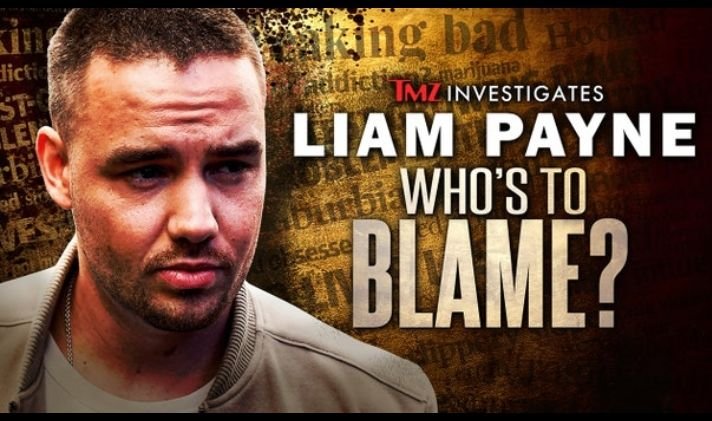
The science lab at Killarney Heights High School on Sydney’s northern beaches has been forced to shut down until funds are available for much-needed repairs. This situation is part of a broader problem facing the New South Wales (NSW) education system, which is struggling with budget cuts.
In April, NSW public schools were informed that their budgets would be cut, and any unspent funds would be frozen. This sudden announcement, delivered just before the first holiday break of the year, caught many school leaders off guard. Craig Petersen, head of the NSW Secondary Principals’ Council, noted that while there were hints of budget tightening, the extent and timing of the cuts were unexpected.
NSW Education Department secretary Murat Dizdar explained that the budget reduction of 1.25 percent, or approximately $148 million, was necessary due to a steady decline in student enrolments. Consequently, millions of dollars in public school bank accounts were frozen without prior notice. For instance, one regional school lost access to $800,000 intended for new sports courts and staff kitchens.
Killarney Heights High School had allocated some of its $600,000 in accumulated funds for building upgrades. According to Rob Malicki, president of the school’s Parents and Citizens (P&C) association, the science lab has become hazardous and needs urgent repairs. As a result, the lab is currently closed.
NSW Education Minister Prue Car announced that next week’s state budget would include $1 billion for minor works and maintenance, such as updating toilet blocks and science labs. While this additional funding is welcome, Petersen pointed out that it highlights the chronic underfunding of public schools in the state.
The budget cuts come amid ongoing negotiations between NSW and the Commonwealth over additional funding for public schools. The states are responsible for most of the funding, providing 80 percent compared to the Commonwealth’s 20 percent. The federal government has offered to increase its share to 22.5 percent, but NSW is pushing for a 25 percent contribution and a capital works fund similar to that available to private schools.
Despite previous investments, literacy and numeracy results have stagnated, and the achievement gap between rich and poor students has widened. Addressing these issues is critical, and while the proposed budget includes funds for essential repairs, there is also a need for investment in teaching and professional development to improve educational outcomes. Reaching 100 percent of the Schooling Resourcing Standard (SRS) and providing high-quality facilities and teaching are essential for the future of NSW public schools.




